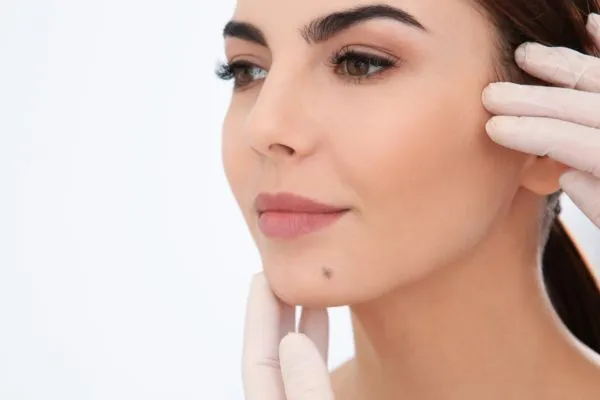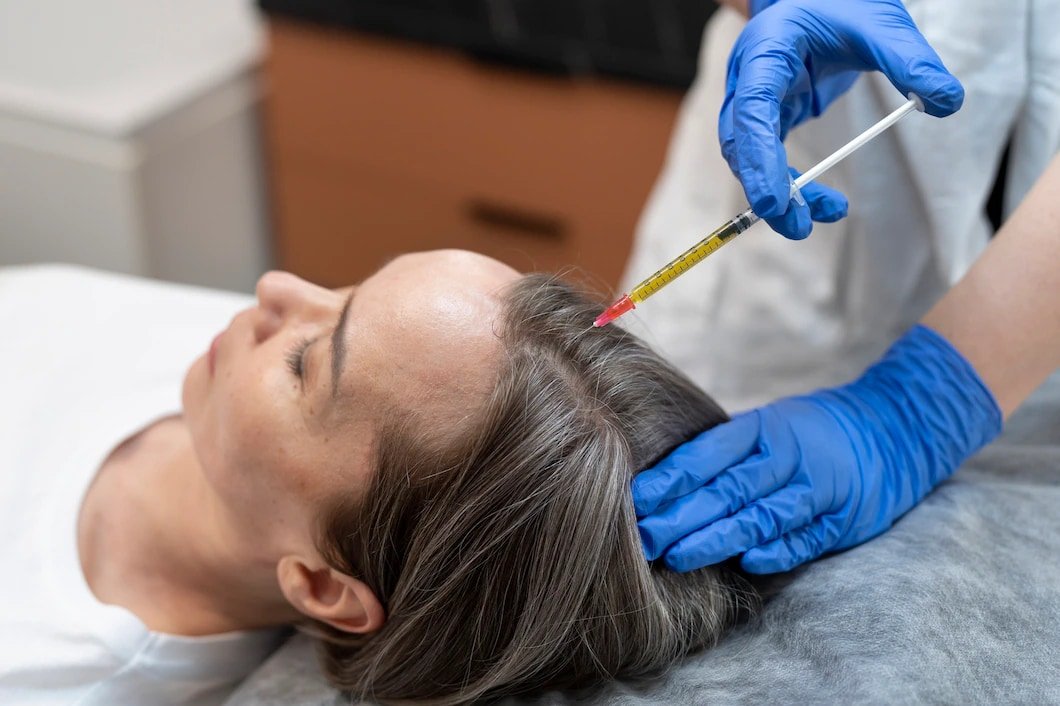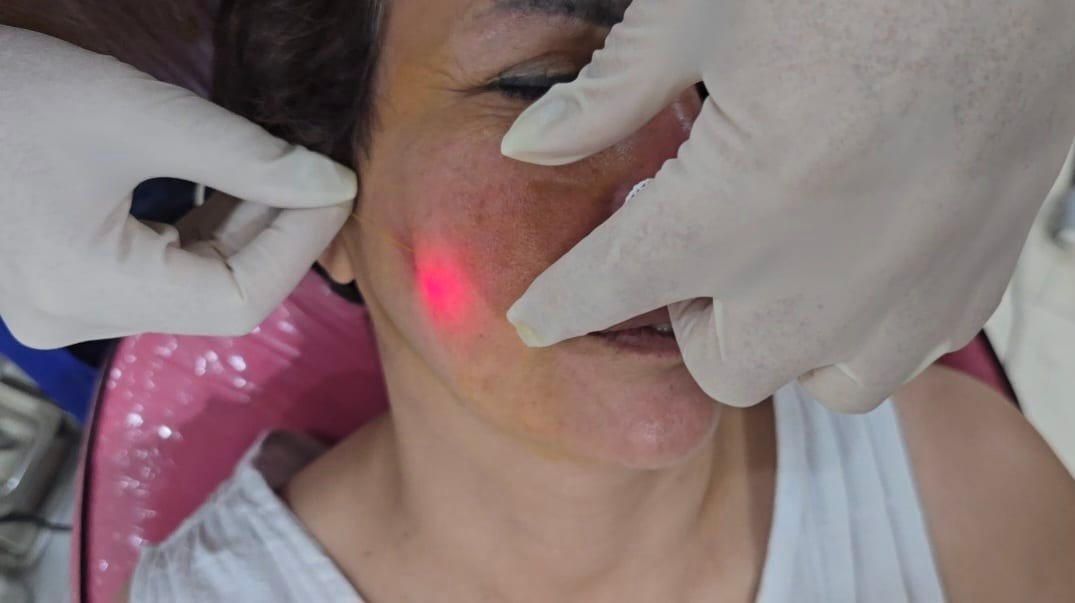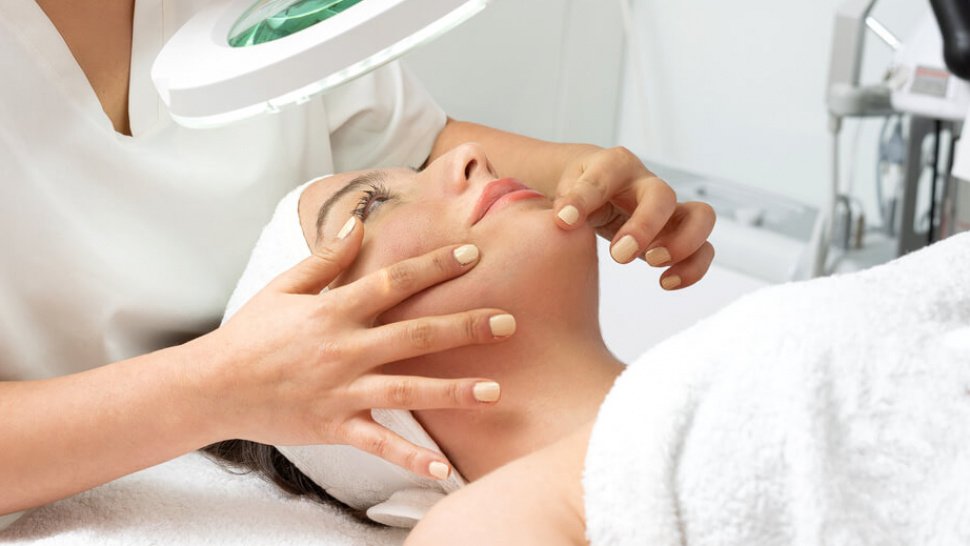Moles are common skin growths that can appear anywhere on the body. While most are harmless, many people choose to have them removed for cosmetic reasons or if they become bothersome. If you’re considering mole removal in Dubai(علاج إزالة الشامة في دبي), it’s important to understand the options, the process, and what to expect before and after the procedure.
What Are Moles and Why Remove Them?
Moles are clusters of pigmented cells that often appear as small brown or black spots. Some are flat, while others may be raised or textured. Though most moles are benign, some people opt for removal due to aesthetic concerns, irritation caused by clothing, or changes in appearance that could indicate a need for further evaluation.
Common Types of Moles
Understanding the type of mole you have can help determine the most suitable removal method. Common types include:
- Congenital moles (present at birth)
- Acquired moles (develop later in life)
- Dysplastic moles (larger or irregular in shape)
- Intradermal and compound moles (raised or dome-shaped)
Each type responds differently to various removal techniques.
Popular Mole Removal Methods
When exploring mole removal in Dubai, you’ll find several options depending on the mole’s size, location, and appearance. These methods include:
- Laser Removal: Ideal for flat or smaller moles; uses light to break down pigment
- Excision with stitches: Involves cutting out the mole and closing the skin with stitches
- Shave excision: Removes raised moles using a blade without needing stitches
- Cryotherapy: Freezes the mole using liquid nitrogen, typically for superficial lesions
- Electrosurgery: Burns off the mole using electric currents
Each technique offers different benefits and recovery times.
Table: Mole Removal Methods Comparison
| Method | Best For | Healing Time | Scar Potential | Anesthesia |
|---|---|---|---|---|
| Laser Removal | Small, flat moles | 1-2 weeks | Minimal | Not always |
| Excision + Stitches | Larger or deeper moles | 2-3 weeks | Mild to moderate | Local |
| Shave Excision | Raised surface moles | 1-2 weeks | Minimal | Local |
| Cryotherapy | Small superficial moles | 1 week | Mild | Sometimes |
| Electrosurgery | Facial or neck moles | 1-2 weeks | Moderate | Local |
What to Expect During Mole Removal
Mole removal procedures are typically quick and performed in a clinical setting. Local anesthesia is often used to numb the area, ensuring minimal discomfort. Depending on the method, the process can take anywhere from a few minutes to half an hour. Post-procedure, you may experience mild swelling, redness, or scabbing which usually subsides within days.
Aftercare and Healing Tips
Proper aftercare plays a major role in ensuring a smooth recovery. Here are key points to keep in mind:
- Keep the treated area clean and dry
- Avoid direct sunlight to minimize scarring
- Refrain from scratching or picking at scabs
- Use healing ointments or silicone gels if advised
- Avoid swimming or strenuous activity for a few days
Following these steps helps reduce the chance of infection and ensures better cosmetic results.
How Effective Is Mole Removal?
In most cases, mole removal is permanent. However, some moles may reappear, especially if they were not completely removed. Scarring is possible, depending on the method used and how your skin heals. Discussing the best option based on mole type and your personal skin sensitivity can help manage expectations.
Is Mole Removal Safe?
Mole removal in Dubai is considered safe when done using approved methods and hygiene standards. Most procedures carry minimal risk, but as with any skin intervention, there’s always a slight chance of irritation, infection, or pigmentation changes. Choosing the right procedure for your skin type and following proper aftercare significantly reduces these risks.
FAQs: Mole Removal
Does mole removal hurt?
Most procedures are painless due to local anesthesia. You may feel a mild pinch or pressure.
How long does it take to heal after mole removal?
Depending on the method, healing can take from one to three weeks. Proper aftercare accelerates recovery.
Will there be a scar after mole?
Some minor scarring may occur, especially with surgical methods. Laser and shave excision typically leave minimal marks.
Can I remove a mole at home?
Home removal is not recommended due to the risk of infection and scarring. Always opt for professional procedures.
Do moles grow back after removal?
If the mole isn’t completely removed, there’s a chance it may regrow. Follow-up treatments can help.
Final Thoughts!
Mole removal is a common and often quick procedure that enhances both comfort and appearance. Whether you’re looking for aesthetic improvements or simply want to prevent irritation, understanding the different methods, what to expect during the process, and how to care for your skin afterward makes all the difference. For those considering mole removal in Dubai, options are available that are safe, effective, and suitable for various skin types.
















Leave a Reply